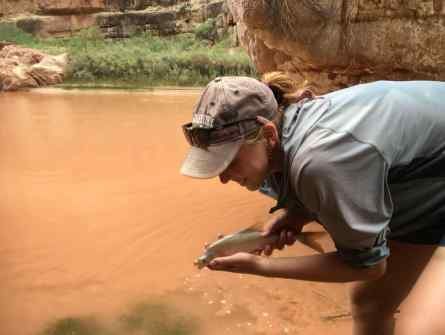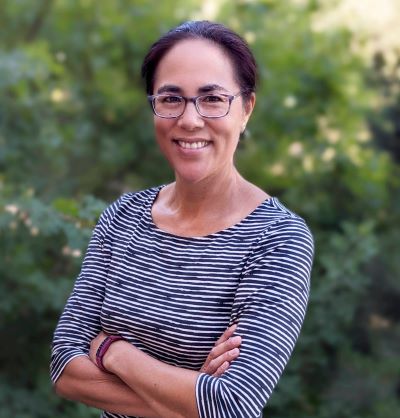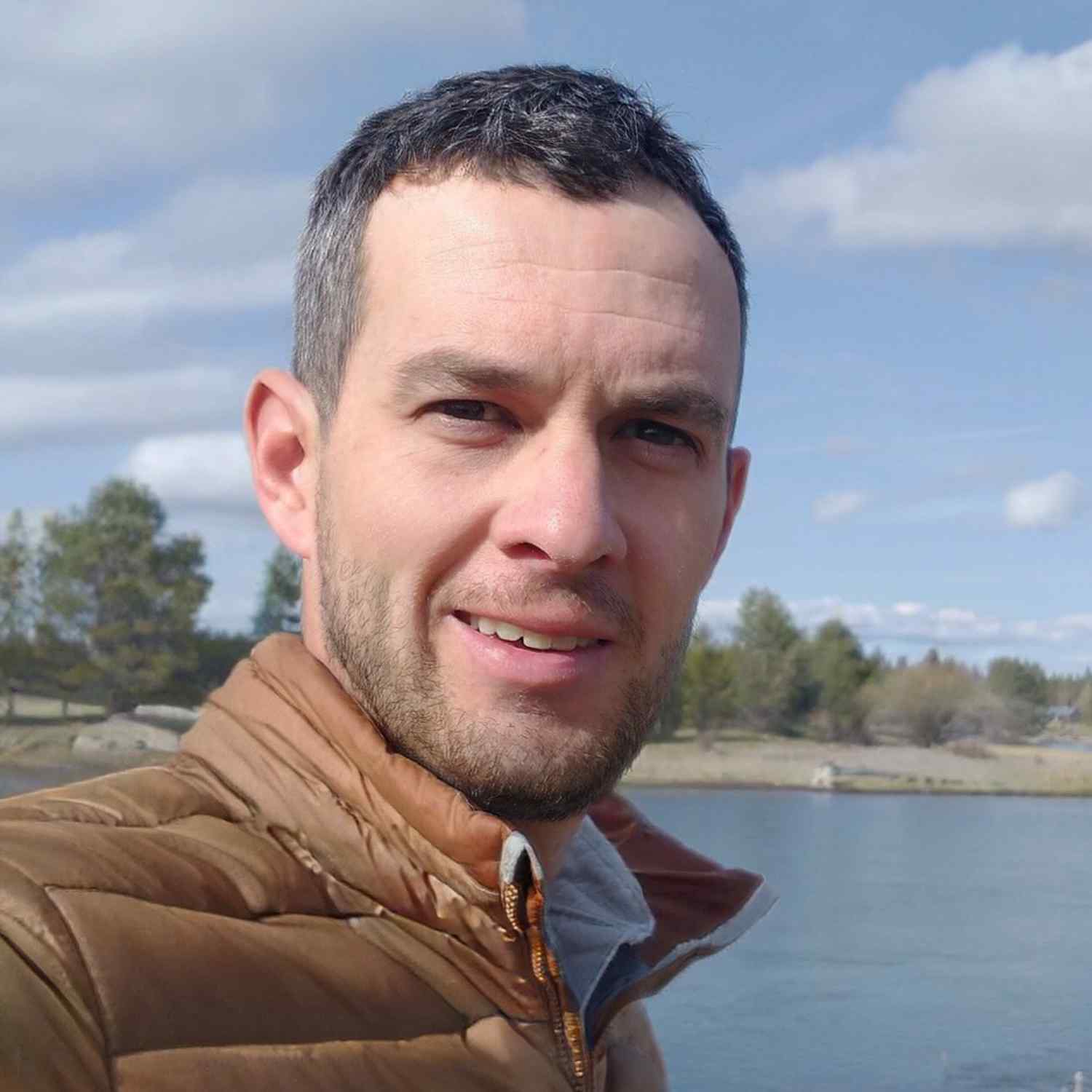The Colorado Plateau is home to many knowledge systems from Indigenous communities, which consist of generations-long scientific observation and hypothesis testing. Centering, not excluding, those knowledge systems is essential to preserving the many different ways of understanding the region.
Here are some highlights of Science Moab conversations with environmental justice organizer Talia Boyd, hydrologist Crystal Tulley-Cordova, nutritionist Cynthia Wilson, and climate change scientist Nikki Cooley.
Science Moab: Can you describe the hydrology of the larger Navajo Nation?
Crystal Tulley-Cordova: I did an evaluation of hydroclimatic regions in the Navajo Nation. When you drive through the Navajo Nation, either from east to west or north to south or vice versa, what you can definitely see are changes in vegetation. Those changes in vegetation allow us to have an understanding and to make hypotheses that there are most likely changes in precipitation that contribute to what vegetation may be available in different regions.
As a scientist, [it’s important] to be able to have an understanding of these different areas, that there are different precipitation regions, and that an average for the whole Navajo Nation is not sufficient to be able to describe the precipitation variability throughout whole area. It’s important to have that understanding because then you can better understand where your recharge sources are. It’s always important to have sustainability in your system.
•••
Science Moab: What sort of work are you doing?
Cynthia Wilson: One of the projects that I’ve been working on is restoring the Four Corners potato, which is a wild potato that grows and is native to this region. I work in partnership with University of Utah researchers who dated potato starch residue back to 11,000 years ago. My part of the work has been really acknowledging that this is something tribes have always known, that our diet was always rich in these food sources that have been taken away from us through policies and putting boundaries around our ancestral landscapes like Bears Ears [National Monument]. We need to restore our cultural memories through our food systems and bring those teachings back into our families and our diet.
•••
Science Moab: Can you talk more about traditional knowledge and its role in climate change mitigation and adaptation?
Nikki Cooley: I’m a scientist with degrees but growing up, I did my own monitoring, I did my own data gathering, my own observations. It’s important to understand that Native people and tribal people have that knowledge. They know what science is, it’s just communicated in a different way than the Western, non-Indigenous, non-tribal way of doing science. It’s important to distinguish the two because they come from two very different foundations.
For example, in forestry school, we revere Aldo Leopold, Gifford Pinchot, James Mooney…all these folks that are white men. We didn’t talk too much about the significance of the Native Americans who were already here and were already taking care of and managing the environment. We suppressed those efforts and we’re facing those consequences right now. Tribal people were telling the Bureau of Indian Affairs and the U.S. Forest Service that we should be burning every year, as we’ve been doing for hundreds and hundreds of years.
Traditional knowledge really refers to how the native or tribal intergenerational teachings have been handed down for millennia. It describes a relationship that is reciprocal, rather than one being superior over the other. We really promote climate change adaptation plans written in tribal languages and that include traditional knowledge. There are a lot of non-researchers who still don’t understand that, so part of my job is to encourage people—tribal nations who are working with universities, any academic institution, consultants—to really say that traditional knowledge has to be incorporated. Because it’s who we are. It is the identity of our people. And without it, it’s just another research paper.
•••
Science Moab: What motivated you to pursue advocacy on behalf of Native communities?
Talia Boyd: My childhood community was impacted by uranium legacy waste. I was heartbroken because I realized that no matter where I went on my homelands, they’ve been impacted tremendously by extractive industries. This spurred my passion to start advocating.
When we talk about a cultural landscape, it’s about our traditional homelands. We have a deep responsibility rooted in being stewards of this land—we don’t see ourselves as owners of this land. We consider the land family, and we’ve built regenerative relationships with it since the beginning. When we talk about cultural landscape protection, it really is talking about protecting ourselves as humans. We recognize that whatever happens to the land will also happen to us.
Science Moab is a nonprofit dedicated to engaging community members and visitors with the science happening in Southeast Utah and the Colorado Plateau. To learn more and listen to the rest of these interviews, visit www.sciencemoab.org/radio. These interviews have been edited for clarity.




